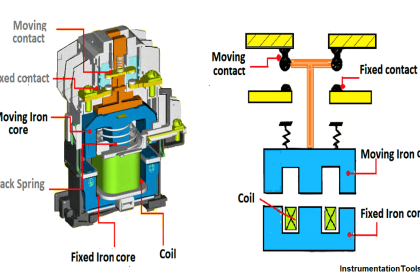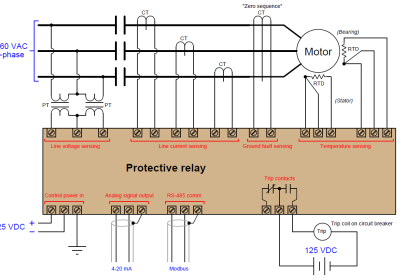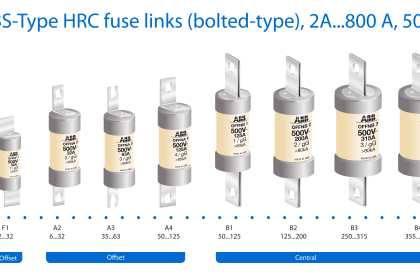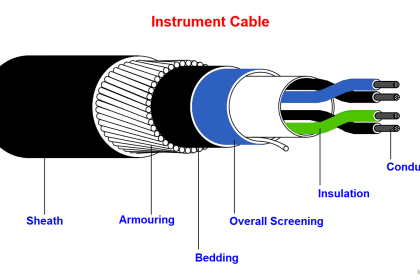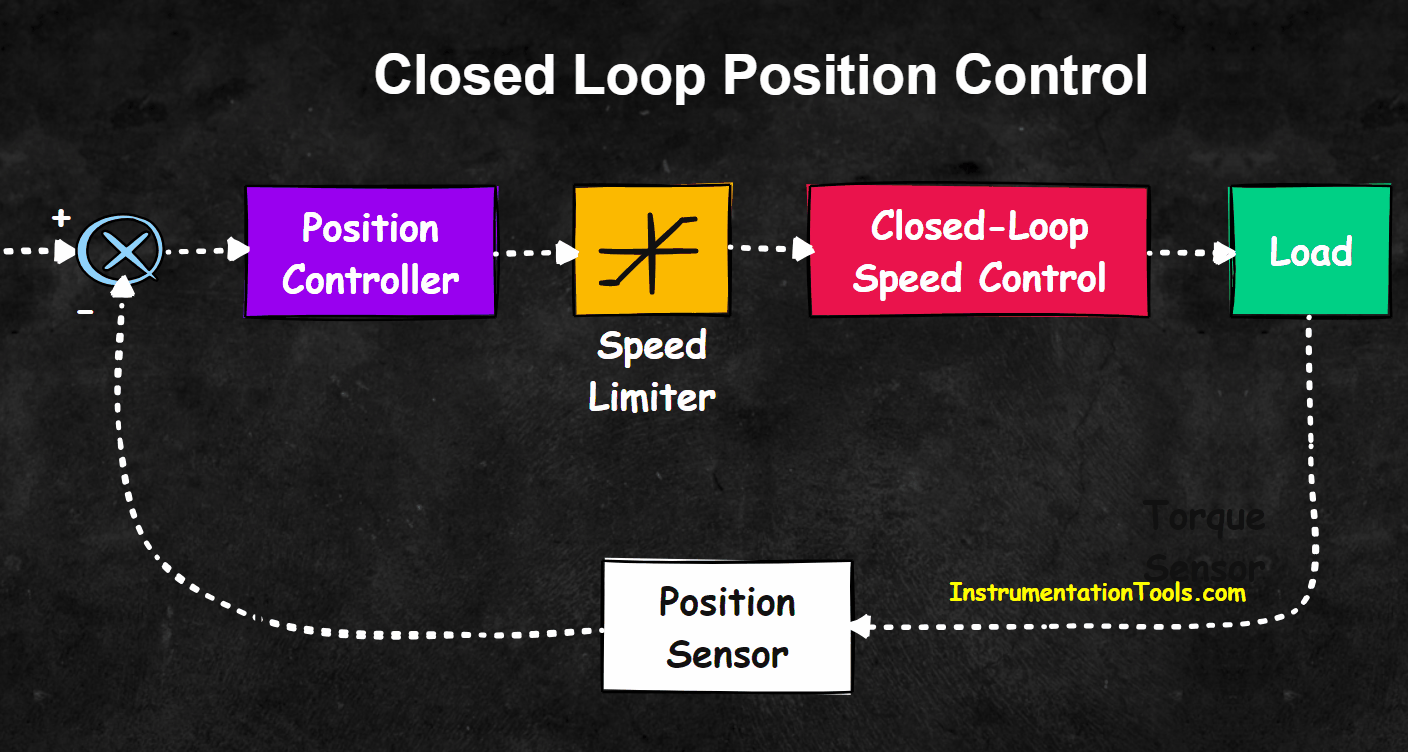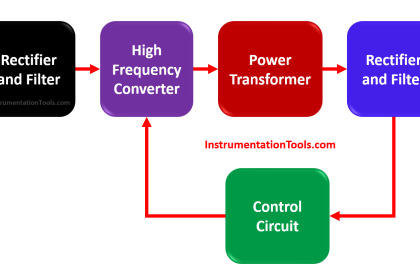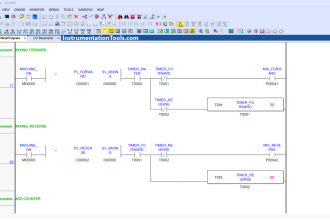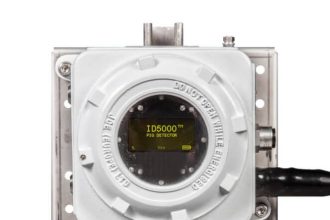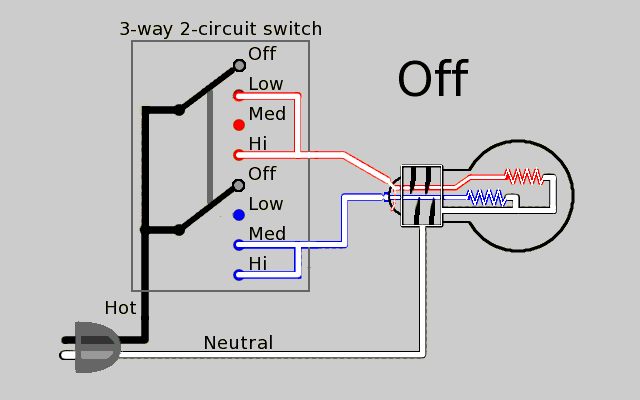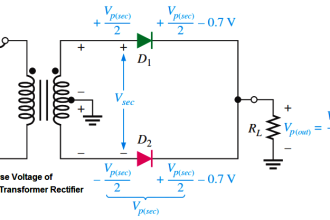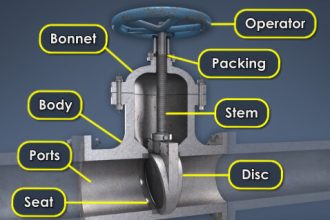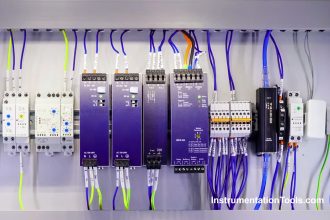Electrical circuits have different types of faults which can damage them and also cause hazards to nearby environment and personnel. Due to this, it is very important to understand the different types of faults and how it can affect electrical circuits. Two of the most annoying faults which are common and rampant in electrical circuits are a short circuit and ground fault. They both are closely related, but have relative differences. In this post, we will see the difference between short circuit and ground fault.
What is a short circuit?
First of all, let us understand what a healthy circuit is. Refer to the below image. Here, you can see power supply starts from the positive point to the positive point of the load, to the negative point of the load and back to the negative point of the supply. This completes the circuit and facilitates flow of electricity. The load consumes current and due to this, a resistance is offered by the load and current is maintained in the circuit.
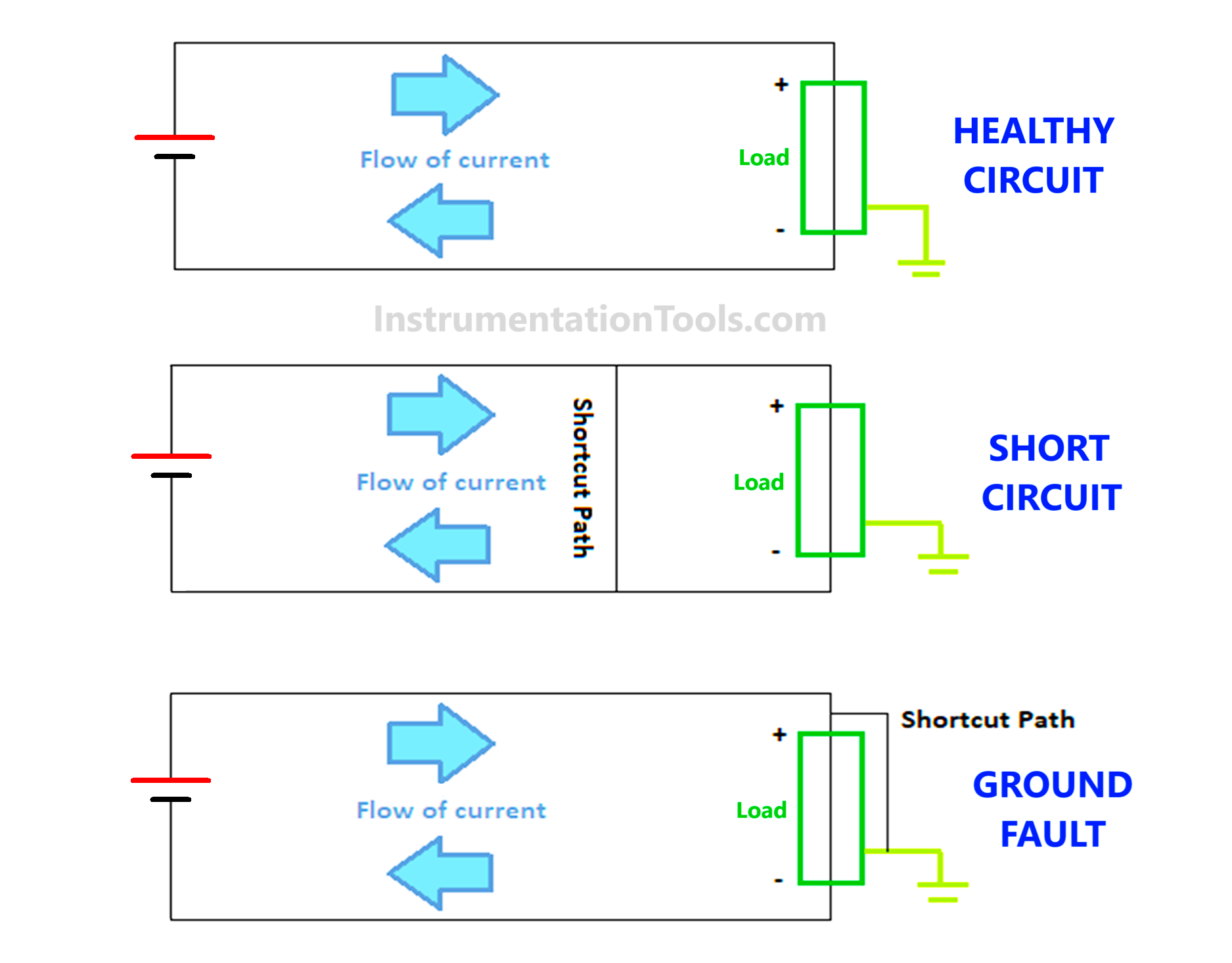
Now, suppose the positive and negative wires (line and neutral wires in electrical terms) touch each other or in simple terms, the current from the positive end finds a way to reach the negative end without passing through the load. Refer to the image above. Due to this, no resistance will be provided in the circuit, and the current will reach quickly or in a high amount back to the negative power supply. This will cause a spark and trip the circuit. This is called a short circuit.
A short circuit happens when two wires of different potentials (either phase to phase or phase to neutral) touch each other, causing immediate flow of large current and tripping the circuit. This can happen due to loose wiring, bad insulation, damage to the cable, or incorrect connections. Short circuit problems are bad for the electrical circuit as they damage them quickly or trip the circuit breaker frequently.
What is a ground fault?
Ground connection is provided in an electrical circuit to safely pass the leakage current or any faulty current to the earthing point. With this, the leakage is nullified and no person standing near the circuit will get an electrical shock. Otherwise, the leakage current will find a path through the human body and cause an electrical shock. But what if the phase or live current accidentally touches this ground point. A very high electrical current will flow through the ground and cause harm to the nearby personnel or environment. This is called a ground fault. Refer to the above image for more understanding.
Similar to a short circuit, the current has found a shortcut of bypassing the load and instead, flown through the ground point. The danger of shock is more in ground faults because the ground is used for that purpose only; and if it is only corrupted, then there is no use for ground protection. It can also cause sparks or fire in the electrical system because the ground is intended for carrying only a small amount of current and not such large currents. This can happen due to loose wiring, bad insulation, damage to the cable, or incorrect connections.
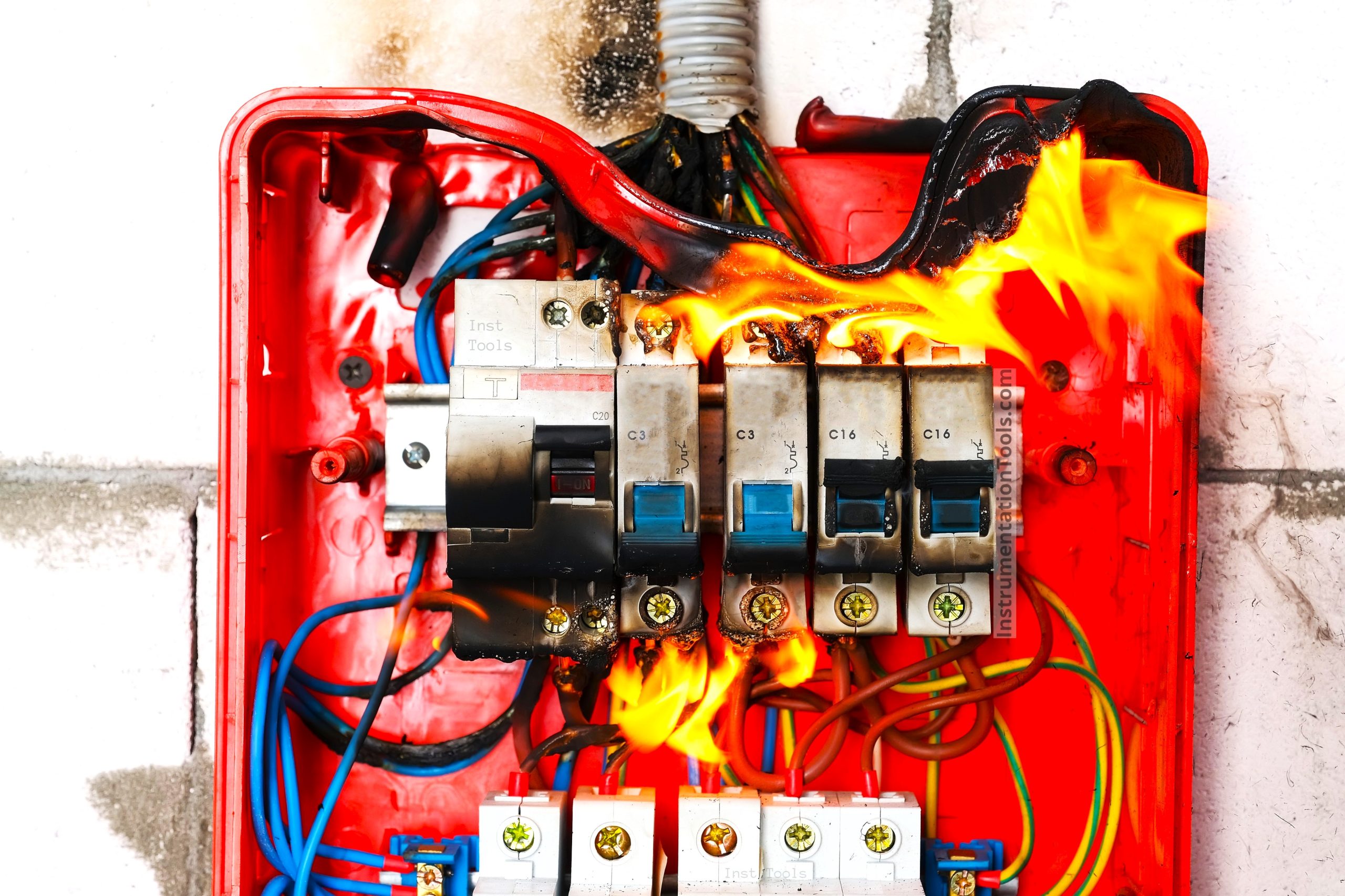
What is the difference between a ground fault and a short circuit?
- A short circuit is when two wires of different potentials (either phase to phase or phase to neutral) touch each other. A ground fault occurs when a live wire touches the ground wire.
- Ground faults can be protected through earth leakage breakers or GFCI (ground fault circuit interrupter). Short circuits can be protected through AFCI (arc fault circuit interrupter).
- A ground fault is more hazardous to people and nearby environments due to the chances of high electrical shock, whereas a short circuit will instantly create a spark or fire, at least alerting the user nearby to prevent a danger. Short circuits are instead hazardous to electrical systems as they can heat them up and damage them.
- A multimeter can be used to detect short circuits, whereas a GFCI tester can be used to detect earth faults.
Ground Fault Versus Short Circuit
| Short Circuit | Ground Fault |
| Short circuit occurs when two live conductors that should be insulated come into direct contact, causing a significant flow of current. | Ground fault happens when electrical current deviates and flows to the ground or a grounded surface unintentionally. |
| Short circuit is typically caused by insulation failure, damaged wiring, or accidental conductor contact. | Ground fault is usually caused by insulation breakdown, moisture, or conductive materials creating a path to ground. |
| Short circuit leads to high current flow, potentially causing fires or severe equipment damage. | Ground fault typically results in lower current flow but poses a risk of electric shock and system malfunctions. |
| Short circuit is detected by standard circuit breakers or fuses that trip due to the high current. | Ground fault is detected by ground fault circuit interrupters (GFCI) that prevent electric shock by cutting off the current. |
| Short circuit poses immediate risks of overheating, fire, and system failures due to the excessive current. | Ground fault primarily increases the risk of electric shock and equipment malfunction, especially in wet or conductive environments. |
In this way, we saw the difference between short circuit and ground fault.
Read Next:
- De-energize to Safe Loop Basic Philosophy
- Top 300 Electrical Circuits Questions Answers
- Free Electrical Circuit Simulators Download
- Miniature Circuit Breakers Questions Answers
- How to Locate Faults & their location in Cables?

